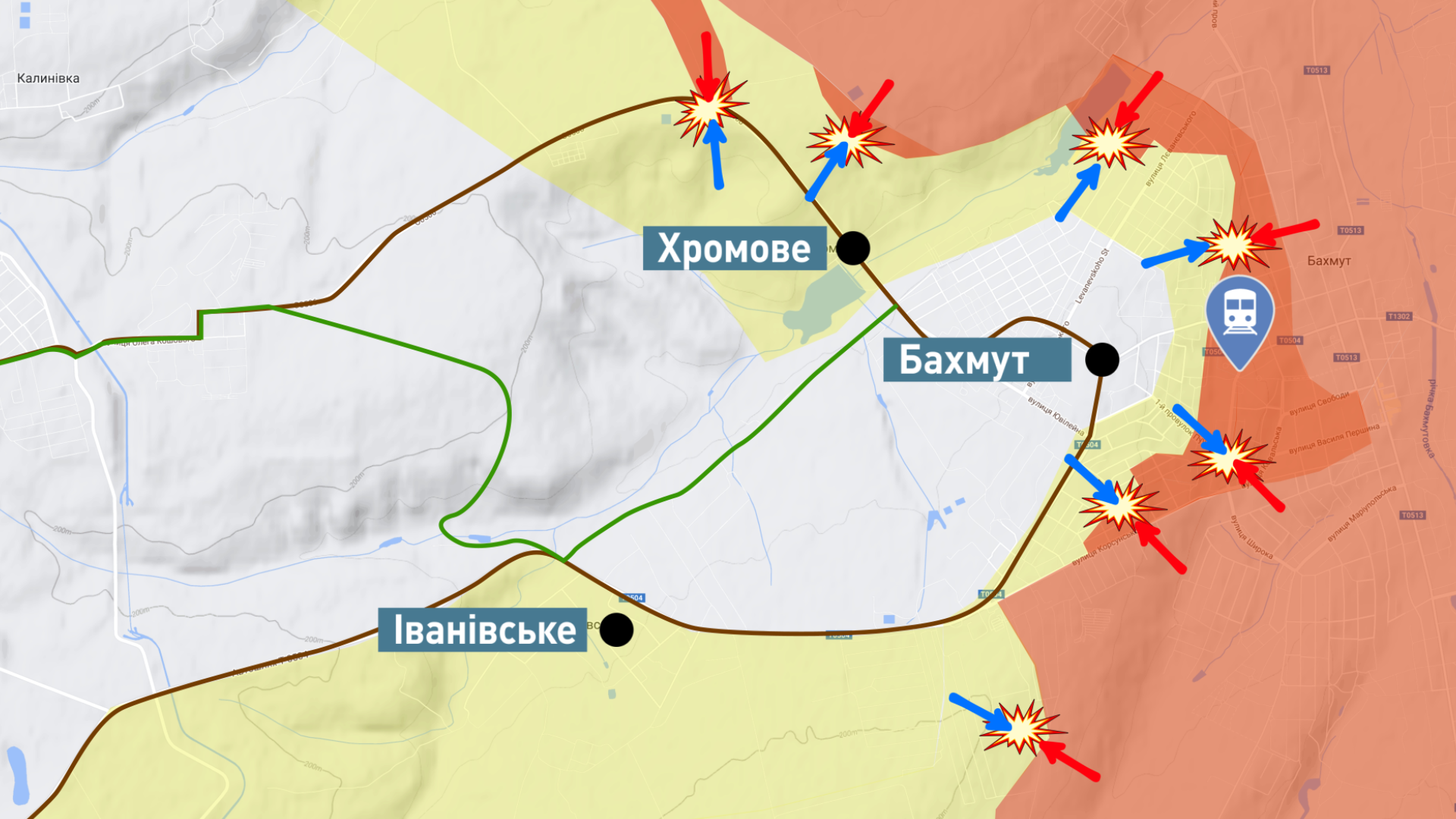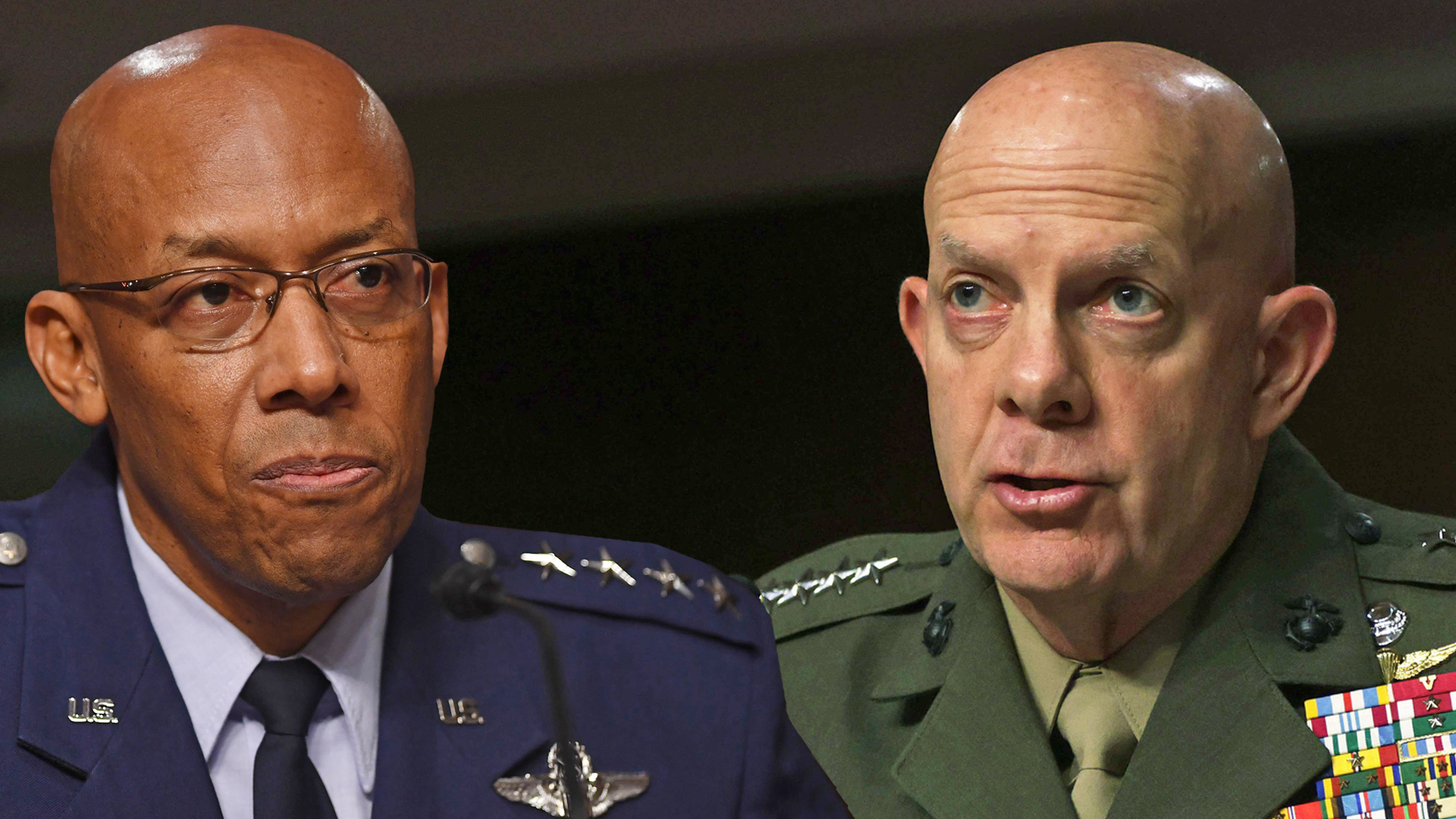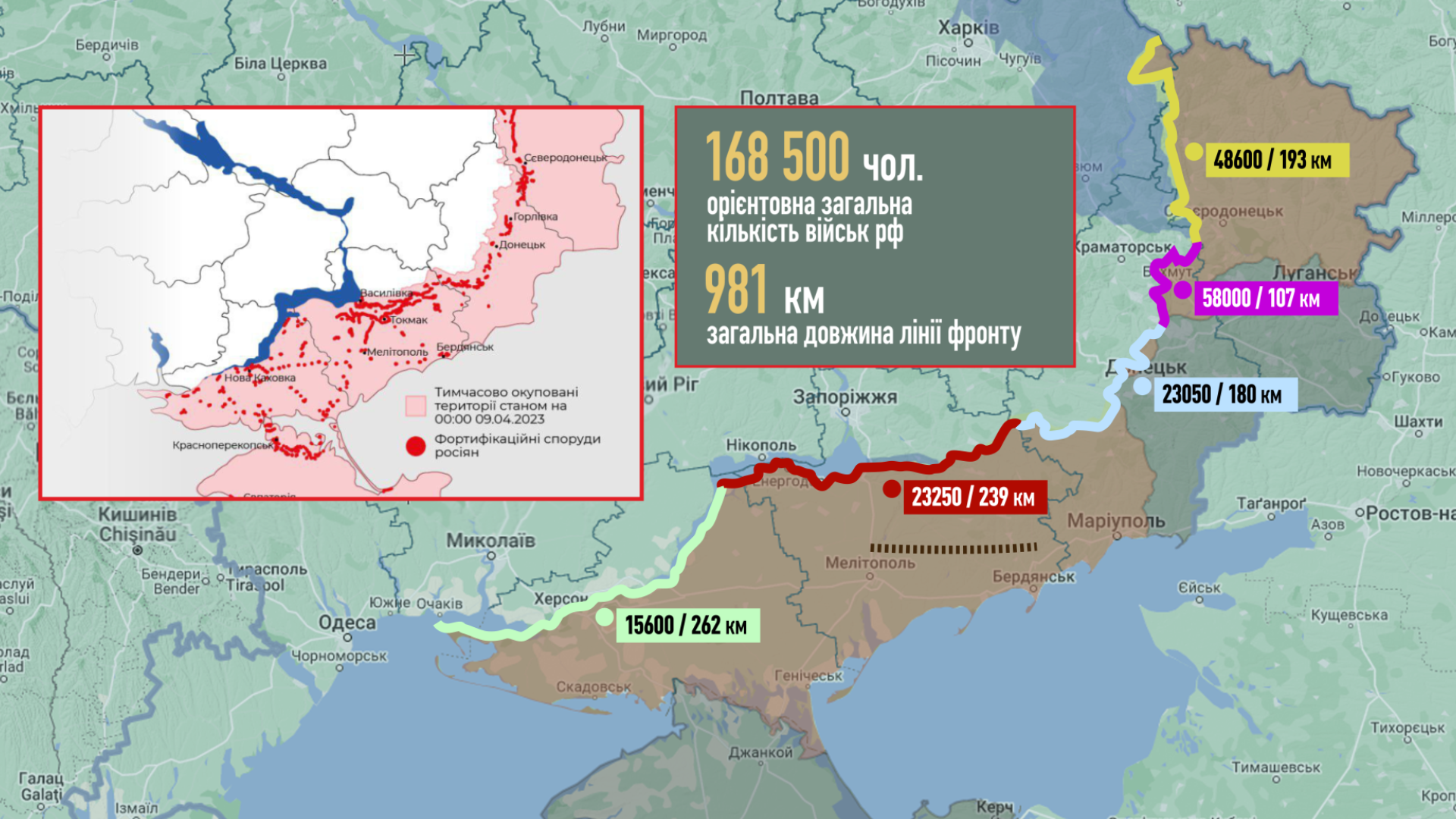
Ukrainian offensive to begin in 3-5 directions: weekly military summary
The offensive actions will take place on three to five fronts, where the Ukrainian Armed Forces will be able to destabilize Russian defense. Then, taking advantage of the weakness in a particular direction, they will increase this success
Ukrainian military analyst, CEO of Defense Express military expert group, Serhiy Zgurets has shared his assessment of the frontline situation, including the upcoming Ukrainian offensive.
No need to talk about the preconditions for the Bakhmut encirclement
The situation in Bakhmut remains difficult. At Ramstein, U.S. General Mark Milley stated that the enemy is trying to accomplish a political objective by entering Bakhmut, but the Ukrainian defense is sufficiently effective. An article based on "secret documents" was released in the Washington Post, stating that the Pentagon advised the Ukrainians to retreat in January, but Ukraine chose a different strategy. The defense of Bakhmut has become an ideological, military, and humanitarian issue. From a military point of view, the enemy is being destroyed. Politically, we cannot allow Russia to make gains through territorial capture. Humanitarianly, other towns will suffer the same fate as Bakhmut if we abandon it.
The Russian forces are trying to advance along the railway in the center and attempting to move from the north and south, but these encirclements are not closing. Today it became known that the Ukrainian Armed Forces are even carrying out certain counter-attacks to repel the enemy, primarily from the area near Khromove. There has been some progress by the Russian army in recent days towards the road that connects Khromove and Bakhmut. Currently, counter-attacks are taking place in this area and also in the south in the area of Ivanivske.

In the center of Bakhmut, there are military operations in the urban area. Commander of the 93rd Brigade, Pavlo Palisa, says that there are battles for every building and they are using different tactics. He says that there are all possibilities to hold the position, but mentions that they need more ammunition. Bakhmut is a difficult area, but it is not worth talking about the possibility of being surrounded in the near future.
The Russian troops are using a standard tactic – artillery followed by assault groups of 5-6 people supported by tanks. Armor has again entered the city’s center. They are trying to cross the railway and move towards the center of the city from the station. The situation is changing quite dynamically. Ukrainian forces are holding about 1/5 of the city, which is about 20 microdistricts. There is a belief that in conditions of a real threat to their units, they will be withdrawn to another defense line, the dominant heights.
We are already using foreign ammunition for our Soviet artillery here - Pakistani and Bulgarian. We use artillery to ensure the safety of movement on the "roads of life". The Russians start shelling them, and we conduct counter-battery fire and try to destroy mortars and howitzers that hinder our movement.
Russian bombs, Ukrainian ammunition, Ramstein and who will replace Milley
The Russians have resorted to using cheaper means since there are fewer cruise missiles available. The main focus is on strengthening air defense. Even from the point of view of Ukrainian partners, as Austin and Milley said today. The Americans decided to compensate for the lack of aviation by strengthening air defense. The Patriot system can detect targets at a distance of 600 km and shoot them down at a distance of 150 km. I think these systems will be used to protect the most important administrative centers, including Kyiv. But if we place a system near Zaporizhzhia, we will cover the entire area in the direction of Ukraine’s potential offensive, and the Russian army will be afraid to use aviation. If there are 20 batteries, then these air defense systems can cover a much larger area from both aircraft and gliding bombs.
Regarding the discussion at the headquarters about establishing production of missiles and ammunition by domestic enterprises. I think they're referring to the entire segment of developments, including ammunition for the Stuhna-P anti-tank missile system from the Luch Design Bureau, modifications to the Neptune cruise missile. I think that we should not forget about the development of the Hrim-2 medium-range ballistic missile system by the Pivdenne Design Office, despite the difficult conditions and enemy fire.
What happened in Belgorod? An unauthorized release of a concrete-piercing bomb, which has its own rocket engine, occurred from a Su-34 aircraft. The bomb falls, penetrates the ground for ten meters, and then has a delay with an explosion (up to 10 seconds). The fact that it exploded in the ground saved buildings. They could have collapsed. This aircraft was flying to bomb Ukraine.
After Ramstein, we expect to strengthen Ukraine's air defense, increase the amount of ammunition, train Ukrainian troops and provide technical support to Ukraine's forces. The Americans, like us, are focused on the successful Ukrainian military’s offensive actions and are making every effort to achieve that goal.
When we talk about Milley, there is a feeling that this war was his own. Despite making skeptical statements, he became Ukraine’s true ally. They developed a certain chemistry in their relations with Zaluzhnyi. In the fall, Mark Milley is to be replaced by a new leader. There are two candidates – the chief of staff of the U.S. Air Force, Charles Brown, and the commander of the Marine Corps, David Berger. There is a nuance, the Air Force is the most technologically advanced branch of the military, and the Marines are a separate branch of the armed forces and is an army within an army where everything is combined. Berger is transforming the Marines and preparing for future wars, even through the prism of the Russian army. Both are worthy candidates, but it is important that each of them perceives this war as their own challenge and builds relations with the Ukrainian army and military and political leadership through this prism.

US Air Force Chief of Staff Charles Brown (left) and Marine Corps Commander David Berger
We will see the beginning of the Ukrainian offensive
Deputy Defense Minister Hanna Maliar spoke about elements of offensive operations. In my opinion, actual offensive operations have not yet begun. Currently, we are on the defensive and trying to minimize the initiative on certain fronts. We will see Ukraine’s offensive actions. There will be an intensification of strikes on bridges and airfields. These things will be preparatory and noticeable. We will understand that the process has begun. Currently, the preparation phase is underway – brigades are being prepared, training is ongoing, and coordination is being worked on. We are waiting for ammunition. At the first stage, the consumption of ammunition will be significantly higher. We need to mix up the enemy's defense lines and then move forward. Until we are ready, there will be no real discussions about an offensive.
Part of the troops are on the defensive, while others are preparing for an offensive and understand their mission. The help of Ukraine’s partners is significant and noticeable. We need to continue waiting, integrate into real combat power, and choose the right time on certain fronts.
When we talk about Ukrainian offensive actions, they will be in three to five directions, where the Armed Forces will be able to first undermine the Russian defense. Then, taking advantage of the weakness in some areas, we will build on this success and use all the potential opportunities we have. We have an advantage in terms of the front line - Ukrainian forces can easily be deployed to the areas where we will have success. The Russian troops, on the contrary, will have to run with their forces because of the difficulties of movement. Even the current front line creates the preconditions for a good game by the AFU General Staff to create unpredictable and catastrophic conditions for the Russian army.

- News













































